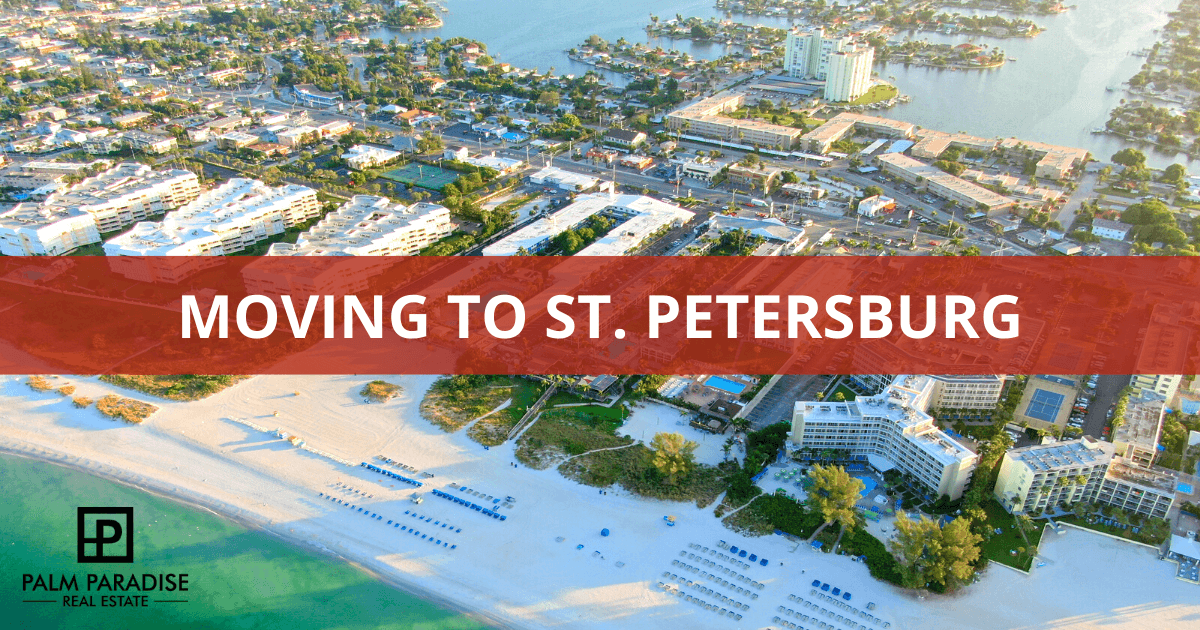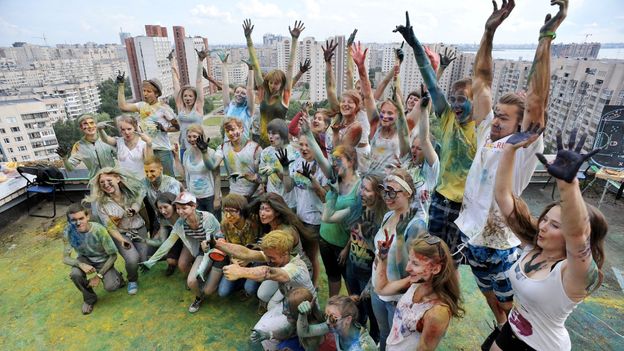When considering where to live, every city comes with its unique pros and cons. In this article, we’ll explore the ups and downs of living in one of Russia’s most beautiful and culturally significant cities - St. Petersburg.
A City of History and Architecture
St. Petersburg has an abundance of Baroque architecture and history, with landmarks like the Church of the Savior on Spilled Blood and the Winter Palace. Founded in 1703 by Tsar Peter the Great, the city was designed by renowned architects to emulate Western European cities. Today, a walk through the historic center reveals elegant buildings and monuments representative of its past. Cultural sites abound, from the Hermitage Museum to the Mariinsky Theatre.
Admiring the City at Night
One of St. Petersburg’s biggest draws is the phenomenon of White Nights, when the sun doesn’t fully set for weeks in mid-summer. During this time, taking an evening stroll reveals the city in a magical glow. New lights decorate iconic buildings and bridges, enhancing their beauty. White Nights attract many tourists who come to experience the harmonious blend of nature and architecture in the long summer dusk.

Convenient Transportation and Connectivity
As Russia’s second largest city, St. Petersburg has robust transportation infrastructure. Local public transportation like the metro, buses, and trams make getting around quick and easy. High-speed trains connect to Moscow in just four hours, allowing for work opportunities in the capital while living in St. Petersburg. Ferries also provide access to other parts of northern Europe through Baltic Sea ports. The city’s strategic location has helped cultivate a mix of European and Russian influences.
Business and Culture Center of Northwest Russia
In addition to its own thriving industries, St. Petersburg acts as an economic hub for northwest Russia. Many residents take advantage of the convenient rail link to pursue high-paying careers in Moscow. Meanwhile, the city remains a center of arts and higher education. World-class universities, theaters, and museums reinforce St. Petersburg’s prestigious status as both a business and cultural mecca for the region.
Challenges of the Northern Climate
While its architectural beauty and history draw many visitors and residents, St. Petersburg’s northerly latitude of 60 degrees also presents weather-related challenges. Winters bring temperatures well below freezing for extended periods. Combined with the city’s high humidity, this leads to frequent frosts which take their toll on infrastructure and day-to-day life.
Coping with Seasonal Affective Disorder
Another issue is the lack of natural sunlight during winter months. From around mid-November to late January, the city experiences complete “dark days” with only a few hours of twilight. The absence of vitamin D from the sun can seriously impact mental health, causing seasonal affective disorder in many locals. Special lighting is needed to combat the effects of the gloomy winter darkness.
More Affordable than Moscow, Yet Career Opportunities Lag
While St. Petersburg offers an excellent quality of life compared to most Russian cities, it cannot compete with Moscow on all fronts. Housing and general cost of living tends to be less expensive than the capital. However, career growth prospects in St. Petersburg Lag behind due to Moscow’s dominance as the political and economic center of the country. For ambitious professionals, the capital will always have more job openings and career paths available.
Educational and Cultural Role Despite Some Limitations
Nonetheless, St. Petersburg proudly maintains its status as an education and culture beacon. Prestigious universities continue graduating top talent, while world-class art institutions sustain the propagation of classical heritage. Though Moscow may overshadow it economically, St. Petersburg more than holds its own as a premier destination in terms of refined aesthetic sensibilities and intellectual vitality.
In conclusion, living in St. Petersburg means enjoying a rich historical backdrop and European feel, but also requires adapting to physiological and professional challenges from the harsh climate and Moscow’s gravitational pull. Overall, the city’s cultural magnetism and livability continue attracting residents who find meaning and community within its storied streets.

/cloudfront-us-east-1.images.arcpublishing.com/tgam/XVJDSJQFCRBG5NLVVD6OBTNQKQ.jpg) Peninsula: A Must-Watch Thrilling Zombie Movie Franchise
Peninsula: A Must-Watch Thrilling Zombie Movie Franchise